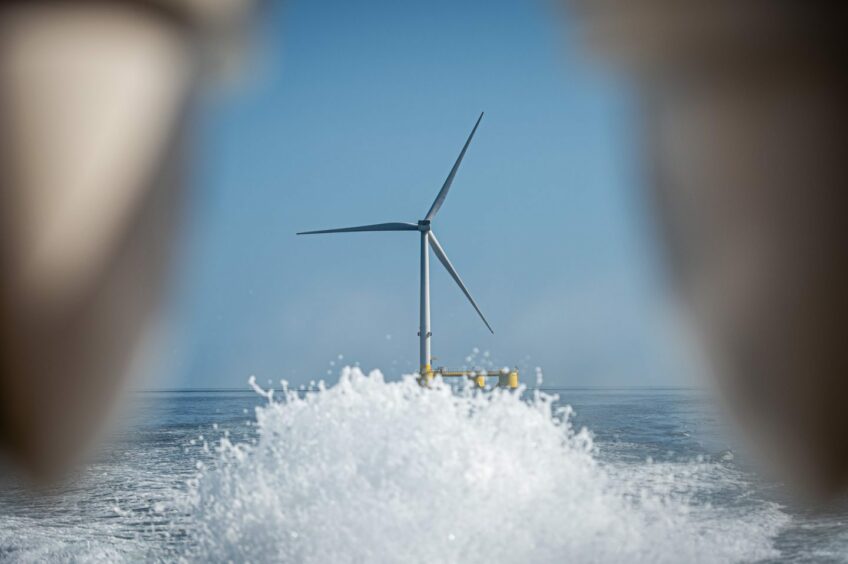
Oil and gas firms own just 7% of global floating offshore wind projects in the pipeline, according to analysis.
Westwood Global Energy Group has been tracking the worldwide outlook for installed capacity by 2030, covering key sectors including South Korea, Norway and the UK.
Senior analyst Peter Lloyd-Williams said: “Although oil and gas developers are stepping into the floating wind market, they’re currently making safer bets by directing the majority of their offshore wind investment in fixed-bottom projects.”
Speaking on a webinar earlier this month, he added: “Looking at oil and gas companies, although their involvement can assist the floating wind market to grow due to their experience with floating platforms in the oil and gas sector, it’s worth noting that the majority of their capacity shares make up only 7% of the total global floating wind pipeline that we’re currently tracking.”
That’s despite Big Oil taking sizeable stakes in projects for the ScotWind leasing round last year, many of which are floating developments.
The majority of ownership – 72% – of the global projects tracked by Westwood are made up by “new entrants” in the overall market, who do not have any fixed-bottom or floating projects under construction or operation.
Westwood said the remainder of the equity is controlled by operational and EPCI stakeholders (21%).
By 2030, Mr Lloyd-Williams’ analysis placed South Korea in the lead with installed capacity of 2GW, followed by Norway (around 1.6GW) and China (around 1.3GW).
Following that are France, Portugal and the UK around the 500MW mark.
Westwood highlighted in its presentation the recent INTOG leasing round in the North Sea.
The “TOG” side of this is the largest of its kind globally, with a potential 5GW to be installed for offshore wind to power oil and gas platforms in the sector, depending on how many of the nine projects get up and running.
Recommended for you

